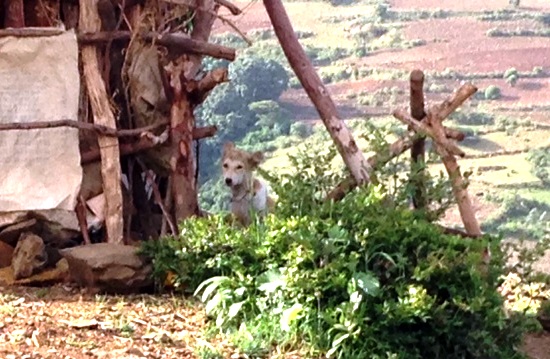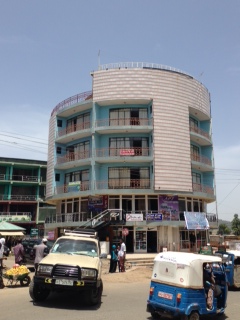By Emily Caldwell
Ohio State Research Communications
COLUMBUS, Ohio – For many, global public health seems like an abstract and distant problem – until the Ebola virus is diagnosed among people in our midst.
Though no one would call the Ebola pandemic a good thing, it has presented an opportunity for scientists to alert the public about the dire need to halt the spread of infectious diseases, especially in developing and densely populated areas of the world.
“What often seems like an abstract notion becomes very concrete when a deadly virus previously contained in Western Africa infects people on American soil,” said Wondwossen Gebreyes, professor of veterinary preventive medicine at The Ohio State University. “It does create a certain sense of urgency and awareness that this world is much smaller than we think.”
Gebreyes is the lead author of an article published in the Nov. 13, 2014, issue of PLOS Neglected Tropical Diseases that makes the case for accelerating efforts to put “One Health” into action. One Health refers to a strategy to more fully understand and address the links between animal health, human health and the environment.

























